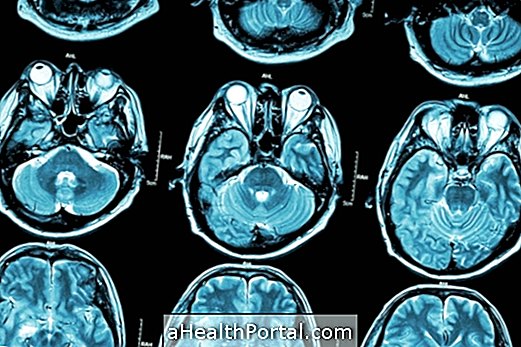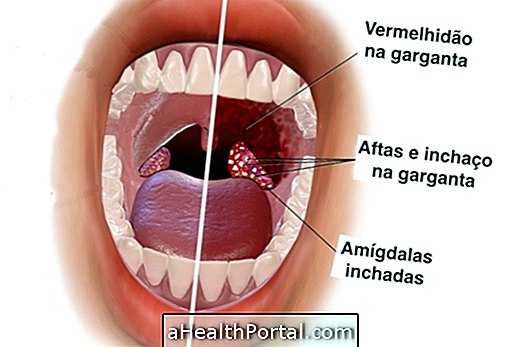Arnold-Chiari syndrome is a rare genetic malformation in which there is central nervous system impairment and may result in impaired balance, loss of motor coordination, and visual impairment.
This malformation is more common in women and usually occurs during the development of the fetus, where the cerebellum, which is the part of the brain responsible for balance, develops in an inadequate way. According to the development of the cerebellum, Arnold-Chiari syndrome can be classified into four types:
- Chiari I: It is the most frequent and most observed type in children and occurs when the cerebellum extends to an orifice present in the base of the skull, called the foramen magnum, where normally it should pass only to the spinal cord;
- Chiari II: It happens when in addition to the cerebellum, the brainstem also extends to the foramen magnum. This type of malformation is more commonly seen in children with spina bifida, which corresponds to a failure in the development of the spinal cord and the structures that protect it. Learn more about spina bifida;
- Chiari III: It happens when the cerebellum and the brainstem in addition to extend to the foramen magnum, reach the spinal cord, being this malformation more serious, although it is rare;
- Chiari IV: This type is also rare and incompatible with life and happens when there is no development or when there is incomplete development of the cerebellum.
The diagnosis is made based on imaging tests, such as MRI or CT scans, and neurological examinations, in which the doctor performs tests to assess a person's motor and sensory ability as well as balance.

Main symptoms
Some children who are born with this malformation may have no symptoms or develop when they reach adolescence or adulthood, being more common after the age of 30. Symptoms vary according to the degree of impairment of the nervous system, which can be:
- Cervical pain;
- Muscle weakness;
- Difficulty of balance;
- Change in coordination;
- Loss of sensation and numbness;
- Visual impairment;
- Dizziness;
- Increased heart rate.
This malformation is most likely to occur during the development of the fetus but may occur more rarely in adulthood due to conditions that may decrease the amount of cerebrospinal fluid such as infections, head bumps or exposure to toxic substances.
The diagnosis by a neurologist from the symptoms reported by the person, neurological examinations, which allow assessment of reflexes, balance and coordination, and analysis of computed tomography or MRI.
How is the treatment done?
The treatment is done according to the symptoms and their severity and is intended to alleviate the symptoms and prevent the progression of the disease. If there is no manifestation of symptoms, there is usually no need to be established treatment. In some cases, however, it may be recommended by the neurologist to use pain relieving medicines, such as ibuprofen, for example.
When the symptoms appear and are more severe, interfering in the quality of life of the person, the neurologist can be indicated the accomplishment of a surgical procedure, that is done under general anesthesia, with the objective of decompressing the spinal cord and allowing the circulation of the liquid cerebrospinal fluid. In addition, it may be recommended by the neurologist to perform physical therapy or occupational therapy, to improve motor coordination, speech and coordination.


















